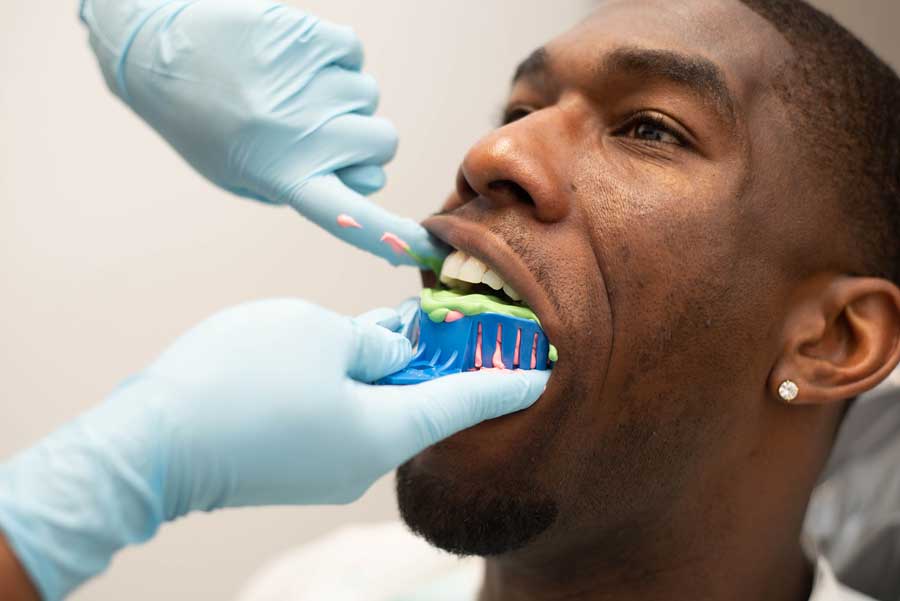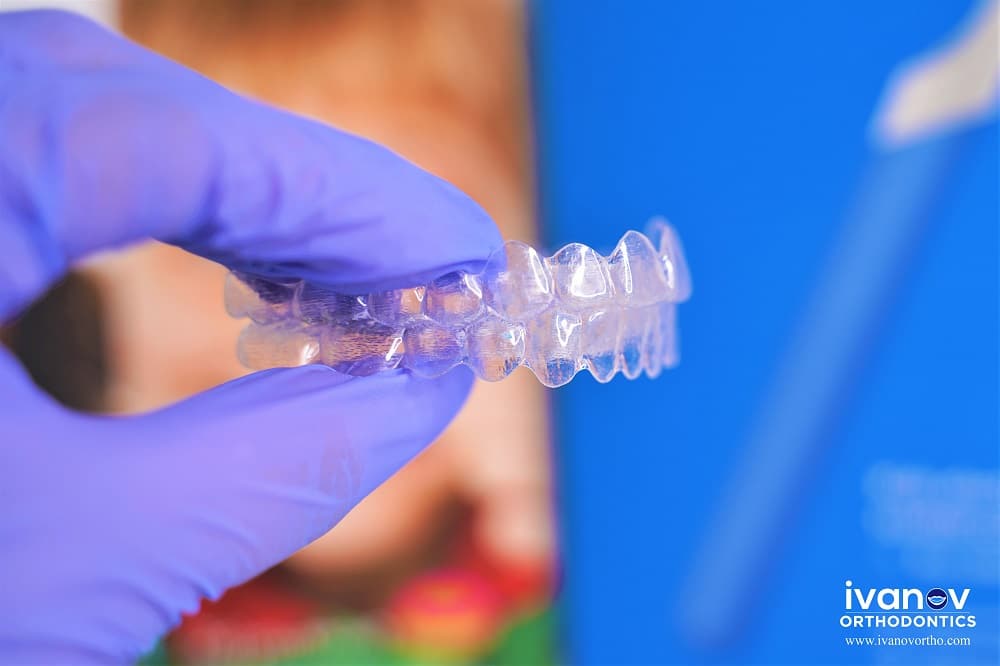
November 29, 2023
Estimated Reading Time
8 Minutes & 40 Seconds
What Is Periodontitis And How Is It Handled?
One dangerous kind of gum disease is periodontitis. It is a bacterial illness that begins with inflammation of the gums and surrounding tissues. If left untreated, it erodes the bone that holds your teeth in place, causing tooth loss and mobility.
What causes periodontitis?
Oral hygiene issues are the primary cause of periodontitis. On the surfaces of your teeth, plaque and tartar attract bacteria. Bacteria enter your mouth through the gum line, where your toothbrush and floss can only reach if you clean your teeth as thoroughly or as frequently as you should visit walk in dental clinics near me.
What are the risk factors for periodontitis?
Here are some risk factors of periodontitis
Genetics
- Genetic variations can affect an individual’s immune system’s response to pathogenic microorganisms. People, therefore, do not all have the same periodontitis symptoms.
- Some individuals are more genetically predisposed to gum infection than others.
Smoking
- Smokers have periodontitis far more quickly than non-smokers do, and as a result, they lose their teeth more fast.
- Smokers lose more bone mass and are more prone to develop gum pockets that harbor more dangerous germs, even with adequate at-home oral care.
- With appropriate medical attention, the gums of ex-smokers can recover in a matter of years. Former smokers respond better to periodontitis treatment than individuals who continue to smoke even a year after quitting.
Type two diabetes
- Diabetes and periodontitis are mutually reinforcing. Uncontrolled blood sugar in people with diabetes increases their risk of periodontitis. Additionally, diabetic people are more likely to have advanced periodontitis.
- Well-controlled blood sugar levels in people with diabetes do not increase the risk of periodontitis.
Stress
- People who have compromised resistant systems may be more weak to gum disease.
- The increased bacterial burden that results worsens the already detrimental impact on the immune system.
Age
In rare instances, periodontitis can begin as early as age 18 and in highly uncommon instances, even in youth. However, the majority of cases appear after age 35.
How does one detect periodontitis?
Several stages are involved in diagnosing periodontitis.
X-rays
In the most straightforward situations, just two images—known as “bite-wing” images—are required, but in more complicated cases, up to 14 more X-rays and a panoramic X-ray of the entire mouth may be necessary. The jawbone surrounding the tooth is visible in these X-ray pictures, which also allows one to gauge the degree of bone loss.
- Microbiological tests
- Prevotella intermedia
- Porphyromonas gingivalis
- Agregatibacter actinomycetemcomitans
- Treponema denticola
The information gathered from the outcomes of these examinations can help the periodontist or dentist administer the proper care and steer clear of needless procedures.
Clinical examination
The dentist or hygienist will conduct a brief, essential periodontal examination at the initial check-up. This examination rapidly ascertains the presence of periodontitis or gingivitis.
Using a specialized instrument known as a periodontal probe, the dentist or dental hygienist will carefully and precisely calculate the depth of penetration at the gum line at various locations across the mouth. The probe measures the distance from the “pocket bottom” to the gum line.
Classifying the disease
Periodontitis cases are categorized into three grades and four phases. While the grades indicate the expected pace of progression, the stages characterize the severity and scope of the disease.
Dentists and periodontists can choose the best course of action for each patient by categorizing cases of periodontitis in this manner.
Conclusion
It may occur if someone neglects to exercise good hygiene, such as brushing and flossing daily. It is reversible in its early phases. However, irrevocable damage could happen as it goes on. A person frequently becomes unaware of this damage until it is too late to reverse it entirely.
People should floss daily, wash their teeth twice a day, and visit the periodontitis near me at least once a year to prevent periodontitis.
YOU MAY ALSO LIKE
Want a straighter smile but without those metal wires? YES,...
Ashok
January 5, 2024
Introduction As the name suggests, sleep apnea is a sleeping...
Ashok
December 23, 2023
The process of getting braces should not be monotonous and...
Ashok
December 19, 2023



